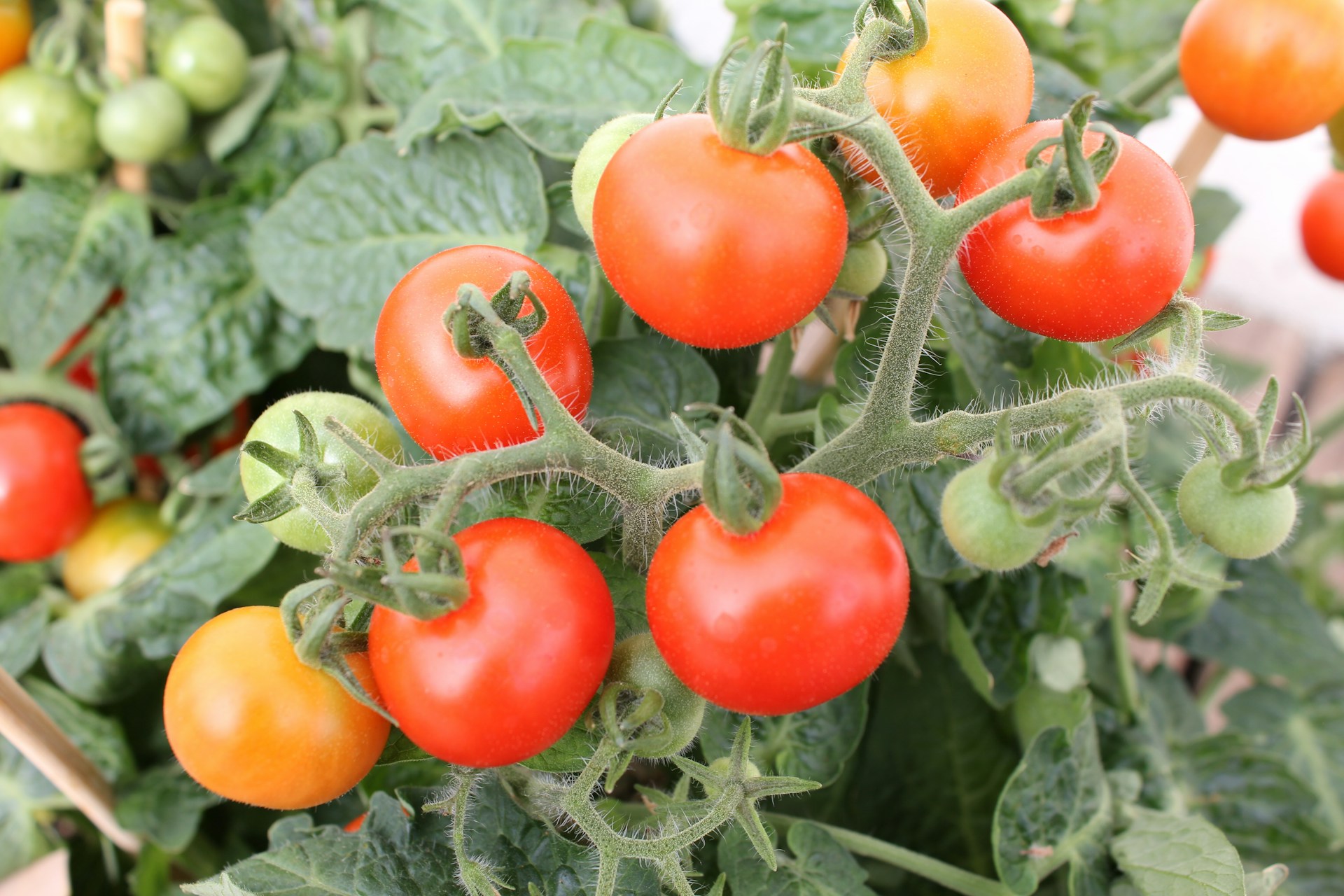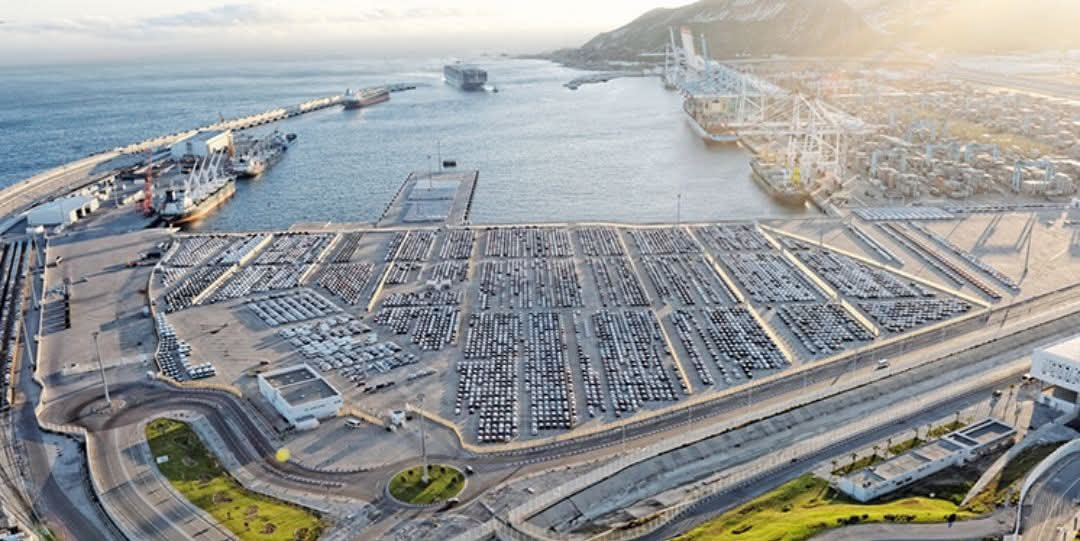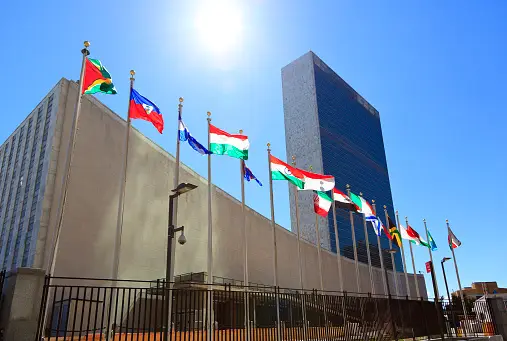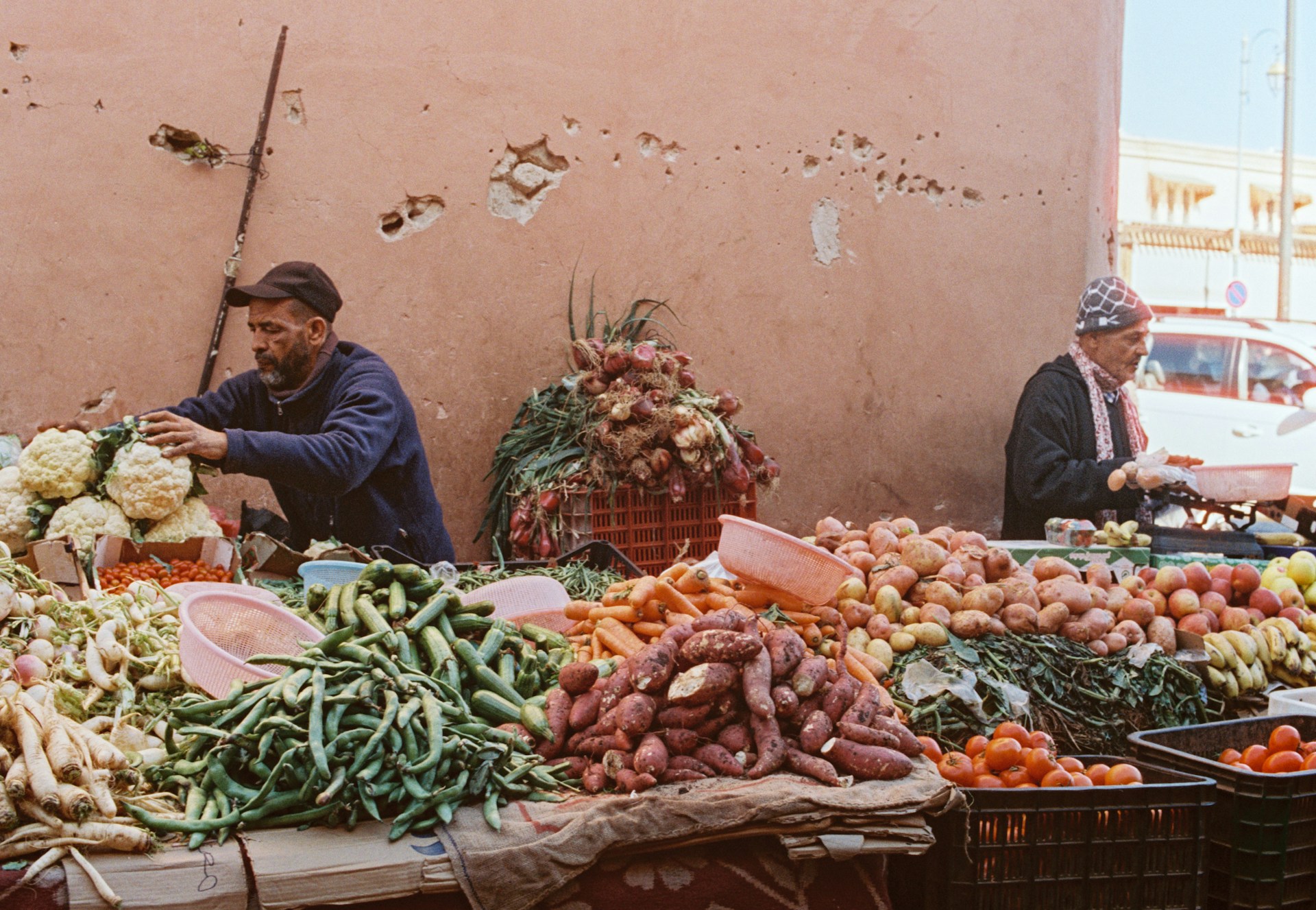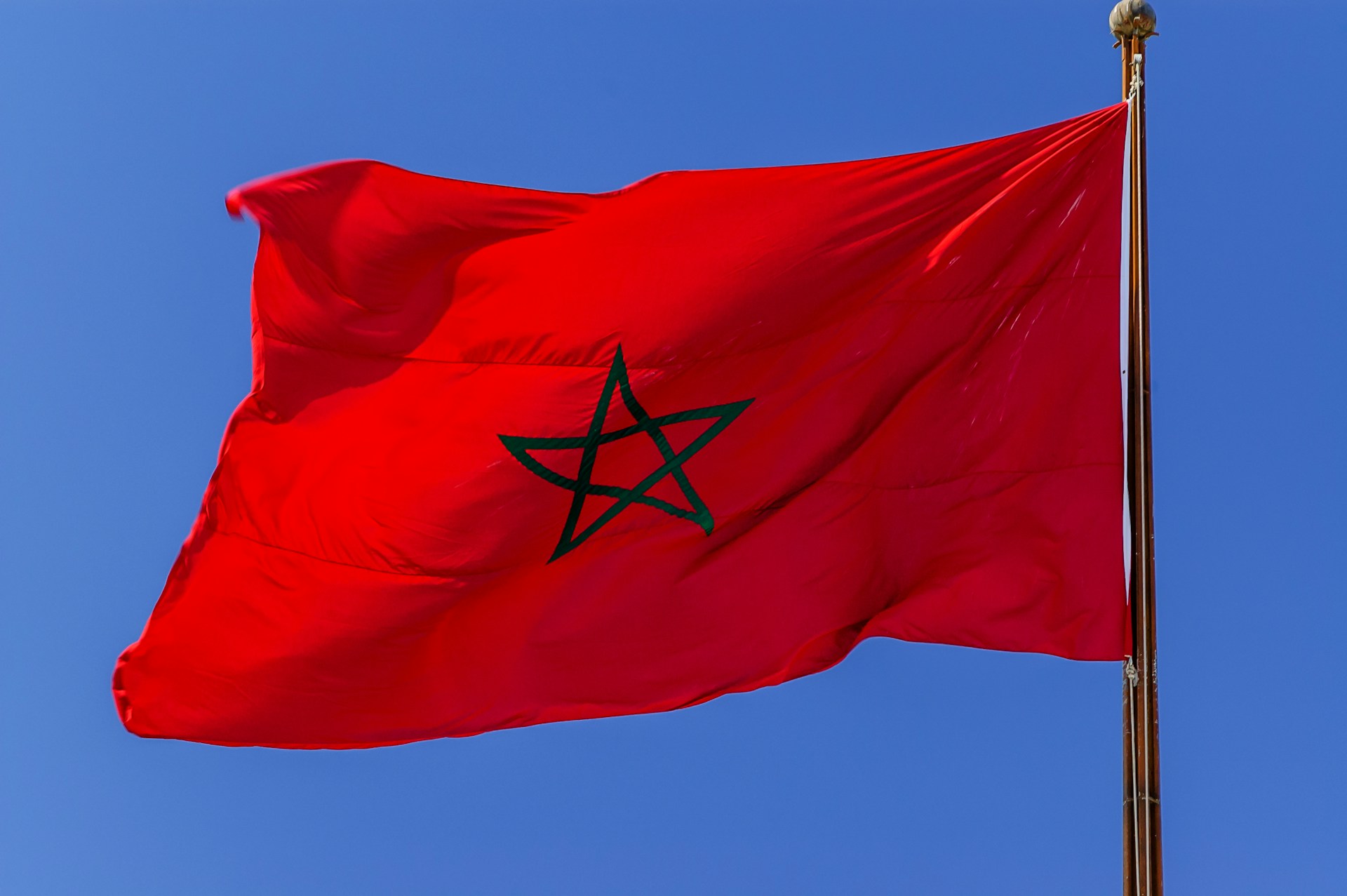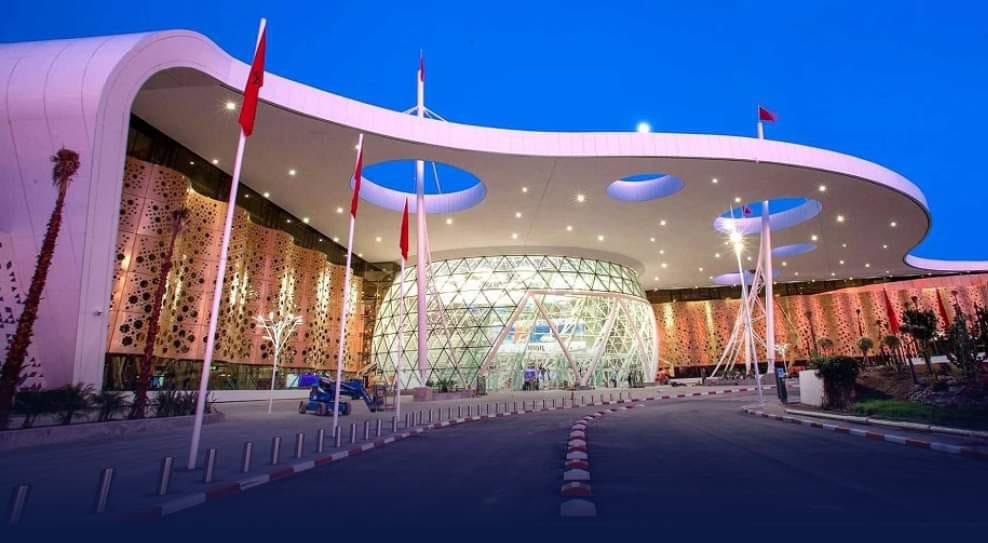Casablanca – Morocco’s port network continued its upward trajectory in 2024, recording one of its strongest performances of the past decade. With 241.2 million tons handled across all terminals, national traffic grew by 15.2% compared with 2023, confirming the rising strategic weight of the country’s maritime infrastructure on intercontinental trade routes. The latest figures highlight the central role of Morocco’s three major hubs—Tanger Med, Jorf Lasfar, and Casablanca—which together accounted for 88.2% of national activity.
This expansion reflects not only the resilience of Moroccan logistics but also the deepening integration of the national port system within global trading networks. Growth was supported simultaneously by higher imports, stronger export volumes, and a new record in transshipment operations, especially at the Tanger Med complex.
Tanger Med consolidates its dominance
Once again, Tanger Med stood as the undisputed anchor of Morocco’s maritime performance. With 141.2 million tons processed—nearly 59% of national port traffic—the complex kept its position among the world’s most active ports. Its rapid acceleration underscores its role as a high-capacity logistics platform linking Africa, Europe, the Americas, and Asia.
Tanger Med’s growth was driven primarily by strong container activity and a substantial expansion in transshipment volumes, which reached 115.6 million tons, an increase of 19.5% year-on-year. Transshipment alone represented nearly 48% of all traffic handled in Morocco—an indicator of the port’s pivotal role on global shipping corridors passing through the Strait of Gibraltar.
Jorf Lasfar and Casablanca maintain robust domestic flows
While Tanger Med dominates overall tonnage, Jorf Lasfar remains Morocco’s leading terminal for domestic import-export operations. In 2024, it processed 40.8 million tons, supported largely by industrial inputs, energy products, fertilizers, and bulk commodities. It handled 40.7 million tons of domestic trade, maintaining its position as the country’s heavy-industry hub on the Atlantic.
Casablanca, the country’s historic port platform, also sustained solid activity with 30.9 million tons handled. The port remains key to commercial flows serving Morocco’s industrial and consumer markets. Together, Jorf Lasfar and Casablanca accounted for nearly one-third of national activity, reinforcing their essential role in domestic logistics and international trade.
Imports and exports show strong momentum
Port activity in 2024 was buoyed by notable increases in all major categories of trade flows. Imports reached 75.5 million tons, up 12.4%, with the most dynamic segments being:
- Sulfur: +26%
- Containerized goods: +23.4%
- Cereals: +14.5%
Exports climbed 13.3% to 40.8 million tons, driven by strong performance in phosphates and derivatives, which rose 26.6% to 34.9 million tons. These figures confirm Morocco’s continuing centrality in global fertilizer markets.
In terms of monetary value, trade expanded steadily in 2024. Imports reached the equivalent of $78.5 billion, while exports totaled approximately $46.9 billion. The export-to-import coverage ratio stood at 59.8%, reflecting solid outward flows despite a moderate widening of the national trade deficit.
Strategic segments continue to advance
Several sectors recorded significant growth, demonstrating the diversification of Morocco’s maritime economy:
- Containers: 11.8 million TEUs handled nationwide, with +15.5% in import-export flows and +18.9% in transshipment.
- New vehicles: 703,678 units processed (+4.5%), with 77% destined for export, highlighting Morocco’s emergence as an automotive manufacturing hub.
- Passenger traffic: 5.3 million travelers (+11.8%), supported by improved ferry and cruise operations.
- Energy products: 23.5 million tons, posting a slight increase.
- Cereals: 10.6 million tons (+14.5%), reflecting increased demand in domestic markets.
- Coastal and artisanal fishing: 1.33 million tons valued at approximately $1.08 billion, confirming its steady economic footprint.
A port system becoming a regional leader
The performance of Morocco’s ports in 2024 underscores a structural transformation underway in the Kingdom’s logistics ecosystem. Investments in infrastructure, digitization, inter-port connectivity, and industrial integration are positioning Morocco as one of the most competitive maritime gateways in the region.
With expanding traffic, an increasingly diversified cargo mix, and the continued rise of Tanger Med as a global hub, Morocco’s port system is expected to remain a cornerstone of the national economy and a strategic bridge between Africa, Europe, and global shipping routes.





